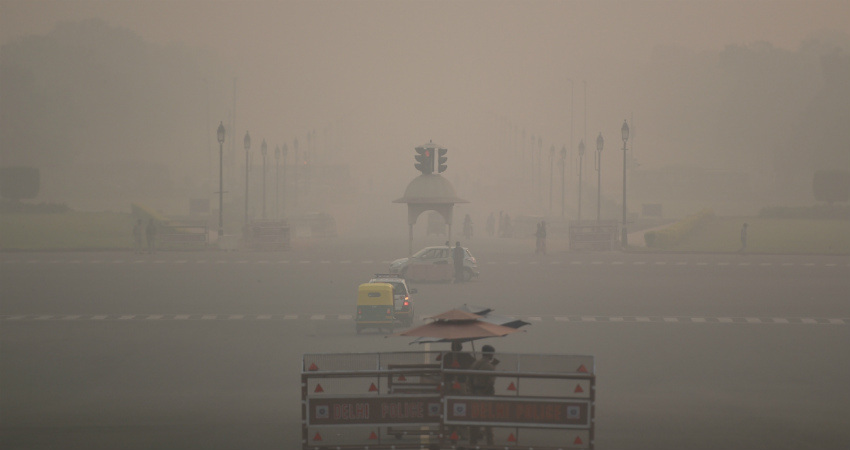
The months of October and November have been witnessing a significant spike in pollution levels over Delhi and NCR, year after year. The festival of Deepawali which falls during these months is no small contributing factor. This year Delhi seems to be somewhat fortunate as pollution levels are comparatively less. Until October 23rd, Delhi was experiencing moderate to poor category of air quality. However, owing to the change in the direction of winds from North-Westerly to Easterly, the wind speed decreased. Consequently, pollution levels have increased, and the air quality has deteriorated from poor to very poor.
Fortunately, on Diwali (October 27th), moderate winds were blowing at a speed of 15 to 20 Kmph which has further enhanced the dispersal of pollutants. On October 28th, Westerly winds had commenced, and the minimum temperature was around 18 degrees Celsius. The number of firecrackers had also gone down. All these factors have resulted in lesser pollution over Delhi and NCR. This year the overall AQI is around 463, an improvement when comparisons are made to last year's AQI of more than 600. Many places have severe air quality and few places fall under the poor to very poor categories.
At the time of Deepawali during last year, Delhi had witnessed severe to very severe pollution. In the early hours of Diwali, the AQI was in poor category, but as the day progressed, a dense layer of smog had engulfed Delhi NCR. As per the data, the AQI at Delhi University has crossed the 900 mark which is very severe, followed by Noida at 820 and Pitampura at 745. The AQI had slipped into "very severe" category, crossing the values beyond 800 at many places. As per SAFAR, the overall AQI for the national capital was around 600, which was very severe. Though the burning of crackers is responsible for this in no small extent, that is not the sole contributing factor. The weather has made a U-turn, playing its own part in the air pollution levels.
As per Skymet Weather, moderate winds have been replaced with calm and light winds. Due to this, the pollution levels have risen by a whopping figure in the past 48 hours. Due to factors like light winds, low temperatures, increased humidity levels, the pollution levels witnessed a spike in Delhi this year. However, it is to be kept in mind that, though the situation is slightly better than last year, better does not always mean good.



